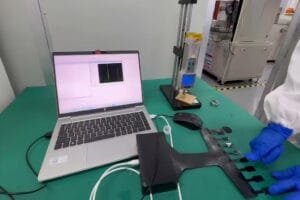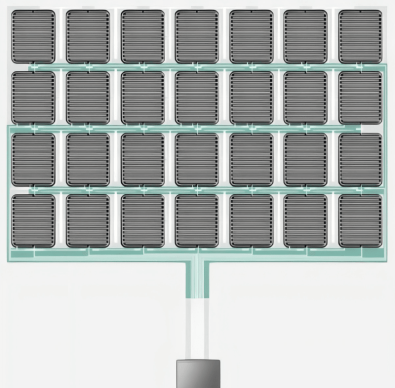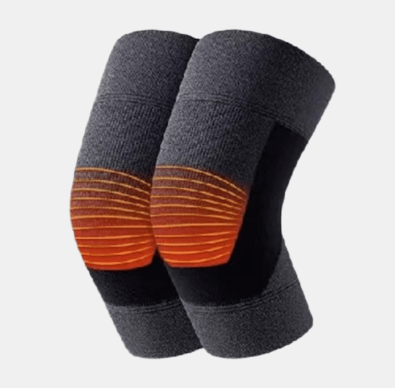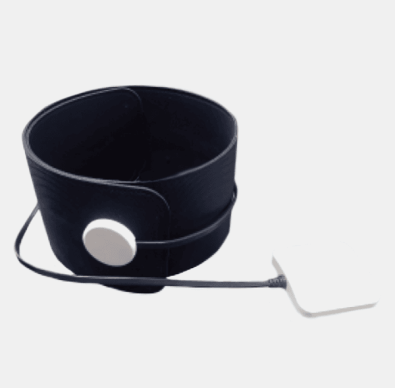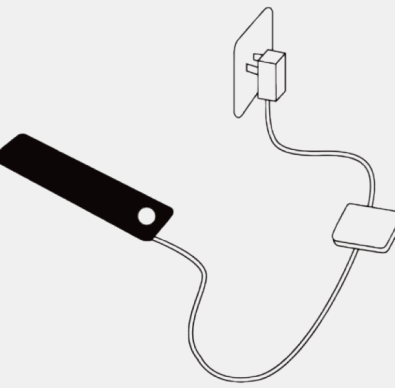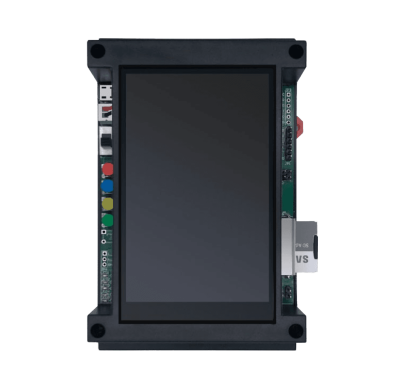Smart Car Seats: Revolutionizing the Way We Sit in Automobiles

In recent years, the automotive industry has witnessed remarkable advancements in technology, particularly in the realm of intelligent seating systems. These smart car seats are designed to enhance comfort, safety, and overall user experience for passengers and drivers alike. One key component that has played a crucial role in the development of these next-level automobile intelligent seats is the pressure sensor.
What are Smart Car Seats?
Intelligent car seats, also known as smart or intelligent seating systems, refer to advanced automotive seats that incorporate various technologies — including pressure sensors — to enhance comfort, safety, and overall user experience.
These seats are designed to adapt and adjust to the occupant’s body shape, posture, and preferences, offering a personalized and tailored seating experience. Here are some key features and functionalities commonly found in intelligent car seats:
- Pressure Sensing and Distribution: Intelligent seats utilize pressure sensors to detect and analyze the pressure distribution across the seat surface. This information helps distribute the load evenly and alleviates discomfort, reducing the risk of pressure ulcers, particularly during long drives.
- Posture and Movement Detection: Some intelligent seats can detect the occupant’s posture and body movements using sensors. This enables the seat to make real-time adjustments to provide optimal support and improve ergonomics. For example, if the occupant slouches or leans to one side, the seat can automatically make adjustments to maintain proper alignment and reduce strain.
- Heating and Cooling Functions: Intelligent seats often feature heating and cooling functions that can be adjusted based on the occupant’s preferences. Pressure sensors help determine the areas that require heating or cooling, providing targeted comfort and regulating temperature.
- Massage and Vibrating Features: Many smart car seats offer massage and vibrating features to enhance comfort and reduce fatigue. These seats use pressure sensors to identify areas of tension or discomfort and deliver targeted massage or vibration to those specific regions.

- Safety Features: Intelligent seats contribute to passenger safety by integrating with the vehicle’s safety systems. For instance, they can detect whether seatbelts are properly fastened and provide feedback or alerts to remind occupants to buckle up. Additionally, in the event of a collision, the seat sensors can trigger the appropriate response, such as deploying airbags with the necessary force or adjusting seat position to minimize injury risks.
- Health Monitoring: Some intelligent seats can monitor vital signs, such as heart rate, respiration rate, and stress levels. By leveraging pressure sensors and other health monitoring technologies, the seat can alert the driver or occupants of potential health issues and prompt them to take appropriate action.
- User Preferences and Memory Settings: Intelligent seats can store and recall individual user preferences. By recognizing the occupant through various identification methods (e.g., key fob, biometrics), the seat can automatically adjust to the saved settings, including seat position, lumbar support, temperature, and other personalized features.
The Role of Pressure Sensors in Smart Car Seats
Pressure sensors are devices that measure the force exerted on them by a fluid or a solid object. They are capable of detecting and converting this force into an electrical signal, which can then be interpreted by a control system. In the context of automobile intelligent seats, pressure sensors are used to monitor and analyze the pressure distribution across the seat surface.
Enhanced Comfort and Ergonomics
By integrating pressure sensors into automobile seats, manufacturers have been able to create intelligent seating systems that offer unmatched comfort and ergonomics. These sensors allow the seat to adapt and adjust to the individual’s body shape and posture in real-time.
Pressure sensors measure the pressure points and distribute the load evenly across the seat surface. This helps alleviate discomfort and reduce the risk of developing pressure ulcers, especially during long drives. Additionally, the sensors can detect and adjust the seat’s firmness and support, ensuring optimal lumbar and thigh support for the occupant.
Improved Safety and Health Monitoring
Another significant advantage of pressure sensors in intelligent seating systems is their contribution to passenger safety and health monitoring. These sensors can detect the presence and movement of occupants within the vehicle, ensuring that seatbelts are properly fastened and airbags are deployed with the appropriate force during a collision.
Moreover, pressure sensors can monitor vital signs such as heart rate, respiration rate, and even stress levels. This information can be relayed to the vehicle’s control system, which can then adjust the seat’s settings or alert the driver if there is a potential health issue.
Personalization and User Experience
Automobile manufacturers strive to provide a personalized driving experience for their customers, and pressure sensors play a vital role in achieving this goal. By analyzing the pressure distribution on the seat surface, smart car seats can automatically adjust various parameters to cater to the occupant’s preferences.
For example, the seat can adapt its heating or cooling functions based on the detected pressure points, ensuring optimal comfort regardless of external conditions. The sensors can also provide feedback to the control system, allowing it to make adjustments to the seat’s position, lumbar support, or even massage functions.
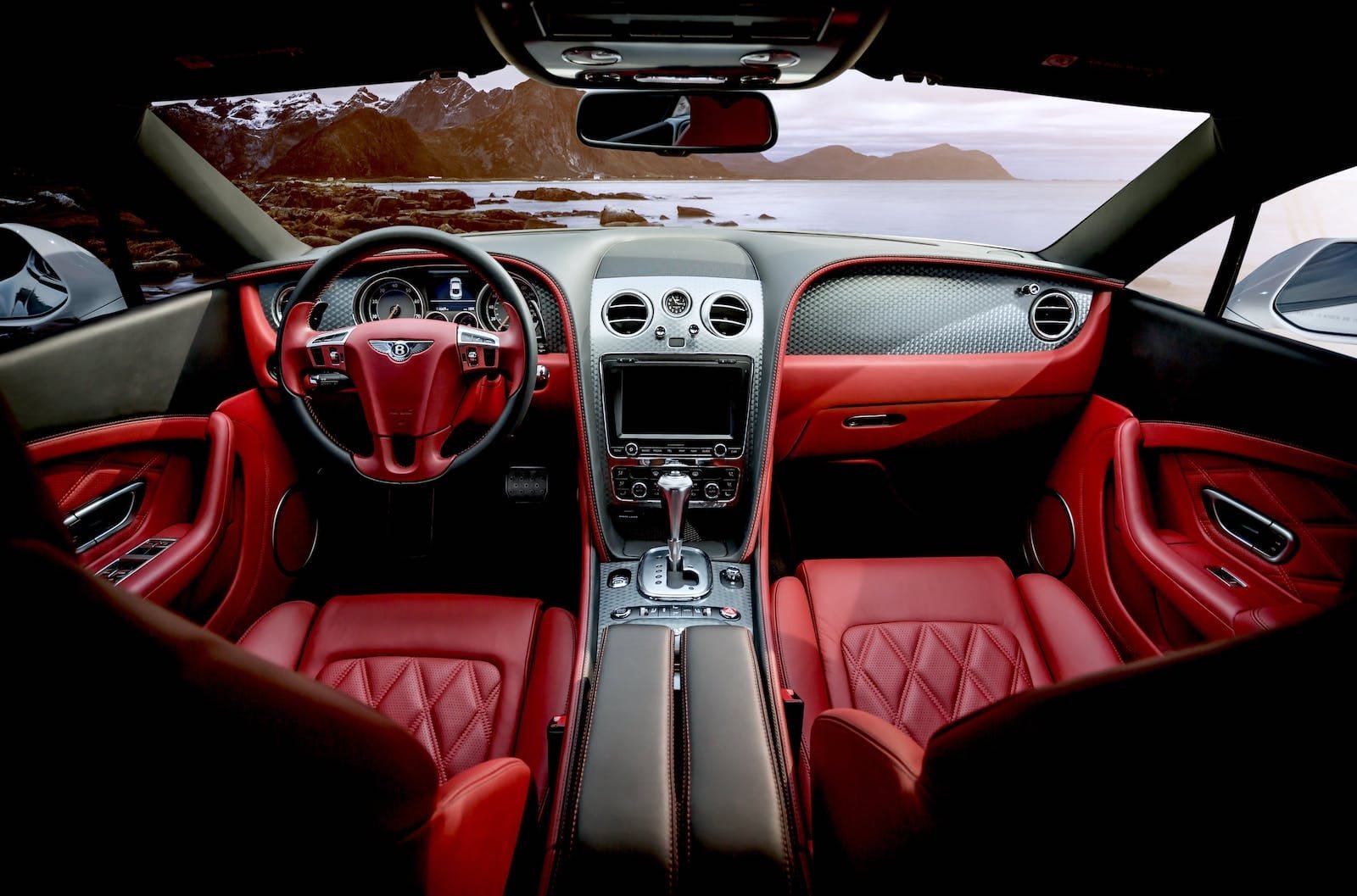
Future Possibilities and Challenges
While pressure sensors have already revolutionized the way automobile seats are designed, their potential is far from exhausted. In the future, advancements in sensor technology may enable even more sophisticated features and capabilities.
For instance, pressure sensors could be used to allow seats to proactively adjust and provide better support for the body. Additionally, integrating pressure sensors with other emerging technologies, such as artificial intelligence and machine learning, could further enhance the seat’s ability to adapt to individual preferences and needs.
However, there are a few challenges that need to be overcome for widespread adoption of pressure sensor technology in intelligent seating systems. These include cost considerations, durability, and ensuring accurate and reliable measurements under varying conditions. Addressing these challenges will be crucial for the continued evolution and success of pressure sensor-driven intelligent seats.

Flexniss: Your Partner in Upgrading Your Intelligent Seating Systems
If you’re on the lookout for great quality, industry-trusted flexible pressure sensors for smart car seats, Flexniss has an outstanding selection of flexible pressure sensors that are customizable and adaptive to different types of car seats and car makes!
Inquire with us through the form below or browse through our product catalog to see a sneak peek of our available products!
